Before you read this, I recommend reading this Community post about the Profit First strategy, and why I wholeheartedly do not recommend it for salon and microsalon owners. In this article, I’m going to share with you my strategy for managing salon finances and creating a system that accounts for growth, teaches financial discipline, eliminates debt, and ensures security during downturns and unexpected crises. My goal today is to teach you what you need to know in as few words as possible to avoid overwhelming you with information, so we’re not going to talk about the why—just the how. If you have any questions, leave them in the comments.
Your financial management system should be simple.
You are not a child. You don’t need 15 different bank accounts, labeled cash envelopes, complicated formulas, or a device that delivers electric shocks every time you reach for your wallet.
You need exactly two bank accounts: business and personal. Your personal account belongs to you. The salon account does not. Why?
The salon’s money isn’t your money.
Don’t think of the salon account as your personal piggy bank. You’re putting your revenue into a separate account for good reason. That money belongs to the business that employs you. Just because you own the shop doesn’t mean you personally own its revenue. Tattoo that into the folds of your gray matter: The salon’s money isn’t your money.
A well-functioning system is an efficient, straightforward one that requires very little upkeep.
Establish a minimum balance.
Your “minimum” balance will vary depending on the scale of your business and your expenses. For microsalon owners, I recommend having a minimum of $5,000 dollars in your business banking account at all times. Depending on the size of your operation, rental and employment-based salon owners may want to maintain a minimum balance of at least $10,000. Building this balance takes time, but once you’ve established it, you should never dip below that minimum unless an emergency situation warrants doing so.
Your minimum balance should be considered your emergency fund. That balance will be your defense against debt, downturn, and short-term financial crisis.
Plan ahead.
If you have plans to expand in the future, start saving now by increasing your minimum balance in accordance with your timeline. Even if you don’t have grand, long-term plans, I still recommend increasing your balance over time—especially if you want to be in business for a long while.
You may not have plans to expand or renovate soon, but in ten years (when your furniture and floors are dated, beaten to hell, and in desperate need of replacement) you’ll be grateful to have the money to cover it.
Calculate a reasonable salary.
Nobody likes hearing this, but salons are high-overhead businesses with slim profit margins. Those are the facts for all but those lucky few who own their buildings (or slipped into uncommonly sweet leases) and can charge the prices necessary to support their operational costs. When you decided to become a salon owner, presumably you accepted the realities of what that means for you and your lifestyle.
Am I saying it’s impossible to live comfortably? Absolutely not.
Will you be living the glamorous, jet-setting life of a billionaire? It’s highly unlikely.
While plenty of dubiously qualified “financial gurus” preach this “pay yourself first” bullshit, salon owners who live and operate in the real world know that you only get paid once you’ve paid the salon’s bills, otherwise you won’t have a salon for long.
The most successful salon owners I’ve consulted with are those who put the salon and its employees before themselves.
Prioritize your work lifestyle over your personal lifestyle. Instead of paying yourself and trying to operate the salon with the leftovers, do the opposite. Salon ownership can be intensely stressful, not just because of the personalities we work with but the financial pressure. You’re trying to create a profitable operation that will provide you with a sustainable income for the long-term, right? You’re spending every day of your life working towards that end. For the love of god, make it easy on yourself by establishing a solid business account balance—even if that means driving that busted ass Toyota another year or two or renewing the lease on your modest apartment.
…but don’t feel hopeless or like you need to sacrifice endlessly. You may never own a Farrari but you won’t be dining on Ramen until you retire either. A little later in this article, I’ll share the personal finance tips that have made me debt-free and provided a really comfortable lifestyle but I’m going to warn you right now—it requires hard work, sacrifice, and discipline. The process sucks.
There is no rosy shortcut to financial stability, no matter what the gurus say. (If there were, I’d have found it and we would ALL be loaded.)
If you’re breaking even, make changes ASAP.
Running in place will get you nowhere, but what do you do if you’re barely scraping by—to the point that budget cuts are literally impossible?
I was there once too—during the recession.
I worked 80+ hours per week.
I kept my A/C off (in Florida) to save on electricity.
I lived in a 500 square-foot, one-bedroom apartment, sleeping on the couch in the living room so my daughter could have her own bedroom.
I traded my ‘04 Civic in for an ’88 Buick LeSabre to eliminate the payments and lower my insurance.
I bought my groceries on sale and hardly ate to save money.
I went without internet and cable.
My cell phone (if you could even call it that) was a Nokia brick fueled by a $20 prepaid card that I only used in emergencies.
Even still, every month was a challenge to break even. There wasn’t one thing I could cut from my monthly expenditures to move forward but running in place wasn’t an option.
What pulled me out was the understanding that nothing short of drastic action would improve things. So, I aggressively searched for a new job in an area that could pay beyond what the salons in my sleepy, seasonal hometown could afford. I decided that any move that wasn’t a step forward wasn’t worth my time. When I finally found the position I desperately needed, I commuted 40 minutes to and from work each day and continued sweating, starving, and coveting my prepaid minutes until I could afford to move closer.
Poverty made me aggressive, professionally. It made me realize nobody else was going to look out for my best interests. Nobody was going to fight for me. So, I cross-checked my pay stubs to ensure I was receiving every penny of my wages. I kept my resume online and kept my options open. I worked hard, ensuring my boss knew I was worth my salary and far too valuable to replace with a cheaper candidate.
For me, these things worked. While you may have your back up against a wall and may not have the ability to pull yourself through a breakeven situation at this very second, I urge you to keep your eyes open for opportunities, and don’t be scared to fight for yourself. Don’t accept lowball offers. Don’t sacrifice for anyone else’s benefit. Don’t be timid when you ask for a raise. Don’t allow an employer to take advantage of you.
Any step forward, no matter how small, is a step in the right direction.
Develop a strong hatred of debt and eliminate it.
Can you afford to light money on fire? Probably not, but even if you can, why would you? I’m going to need you to get a little high and mighty right now.
You are too smart to be burning money on interest.
When you’re paying interest, that’s exactly what you’re doing—lighting money on fire. Every penny spent on interest keeps you further from your goal of being truly free. Take a machete to those binds and pay off your debts as fast as possible so you can start putting that money where it belongs: in your pockets.
The method you use to eliminate debt will come down to personal preference.
Choose one:
- The traditional method, debt stacking, requires you to make list your debts by interest rate in descending order. You hit them from highest to lowest—making large payments on the cards with the highest rate and paying the minimums on the lowest rates. You repeat this process until you clear the list. Debt stacking saves you the most money in interest, but since some of your cards with higher balances might take a while to pay off, you’ll have to wait for that feeling of gratification that comes with crossing debt off your list.
- The debt snowball method requires you to list your debts in ascending order by balance—not interest rate—making large payments on the cards with the lowest balance and paying minimums on the others. Again, repeat the process until you clear the list. This method reverses the pros and cons found in the debt stacking method; the interest costs more, but the psychological payoff is higher.
If you hate interest as much as I do, then the debt stacking method will appeal to you. However, if you need the morale boost that comes with crossing a debt off your list for good to keep you motivated to clear them, go with the debt snowball method. You could even switch up your strategy when you grow bored with one or the other—so long as you’re paying off your debts, the approach doesn’t matter.
Whatever strategy you choose will be the right one if the end goal—a life free of debt—gets achieved.
For me, debt stacking worked best. I couldn’t stand seeing how much of my loan and credit payments were getting burned on interest, so I paid them all off as fast as possible, diverted the money I had been spending on payments into my savings account until I had a five-figure balance and became a “payment-in-full” kind of bitch.
Paying for things with your own money introduces a new level of spending discipline. Trust me, you’ll think twice about how “critical” those new lighting fixtures are and how acceptable the cost is when the full amount comes directly from your account immediately rather than being paid off over the course of several months or years.
Creditors profit by manipulating us with low monthly payments. $180 a month for three years sounds a lot more appealing than $5,000 right now, but most consumers aren’t seeing what that $5,000 balloons into once fees and interest are applied over that three-year period.
If we assume an 19.2% interest rate (average for most credit card companies) and no fees, that $5,000 debt turns into $6,500.
…and that’s only if you never miss a payment.
I recommend using an interest calculator before making major purchases on credit. Would you be willing to pay the inflated price on the item just to have it right now, or can you wait until you can afford to buy it outright?
Keep focused.
Train yourself to see that light at the end of the tunnel, because you will reach it much faster if you exercise financial discipline. What does the end of that tunnel look like?
Once you secure your minimum balance—assuming you have no plans for growth—anything above the minimum balance can be reinvested into the business or become part of your salary.
Do you have any idea—ANY FREAKING IDEA—how awesome the end of that tunnel looks? I do, and so do many of my consulting clients. Staying disciplined can be hard, so if you need help from a friend or professional, ask for it.
Set calendar reminders to reconcile your accounts every week.
I recommend creating an immovable appointment with your bank account every week. I do my accounting every Thursday morning and I follow the same process every time. Your process will likely look different than mine, but here’s what I do, so you can see an example:
Step 1: Transfer Paypal funds to business checking.
Step 2: Pay business bills (if any).
Step 3: Verify account transactions line by line.
Step 4: Transfer salary to personal checking.
How much do I transfer to myself? Typically, $1,500 a week. Sometimes I’ll transfer more but I rarely feel the need to because I’d rather be debt-free and have financial freedom than a difficult to manage “luxe” lifestyle and the stress that accompanies it.
Learn to love the possibilities.
Can I afford a luxury car? Yep. Instead, our family has exactly one vehicle—a 2014 Honda Odyssey (that we paid off a few years ago).
Can I afford a housekeeper, a nanny, and a personal assistant? Totally, but our family can handle all of those things ourselves.
Can I afford a boat, an RV, a motorcycle, and a pair of jet skis? You bet, but I’d rather have a 5-figure balance, thanks.
Knowing you can afford things can feel better than actually owning those things.
Reject flex culture—and if you can’t, redefine it. When you have money in your account, you have endless possibilities. You have endless freedom. You might not be a Mercedes driving HBIC who spends the weekends yachting up and down the coast—but you fucking could be, and that’s enough.
VIP Members now have access to exclusive and free VIP Downloads. If you want to put my system to work for you, download the Financial Freedom System and run your numbers!


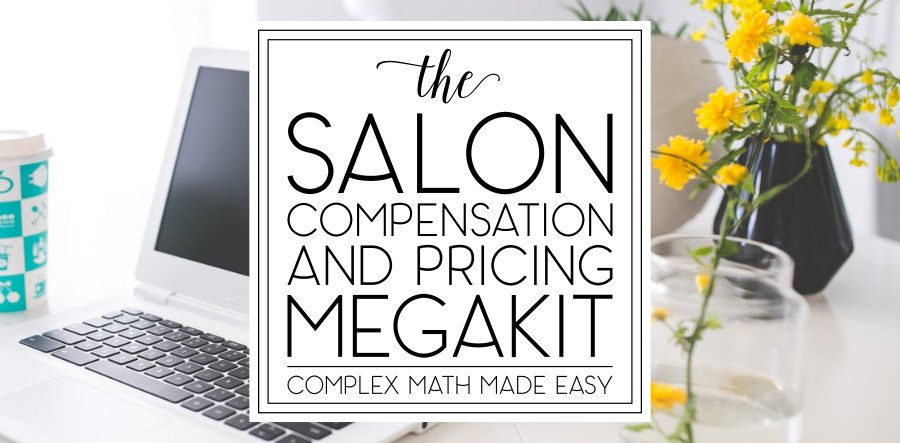
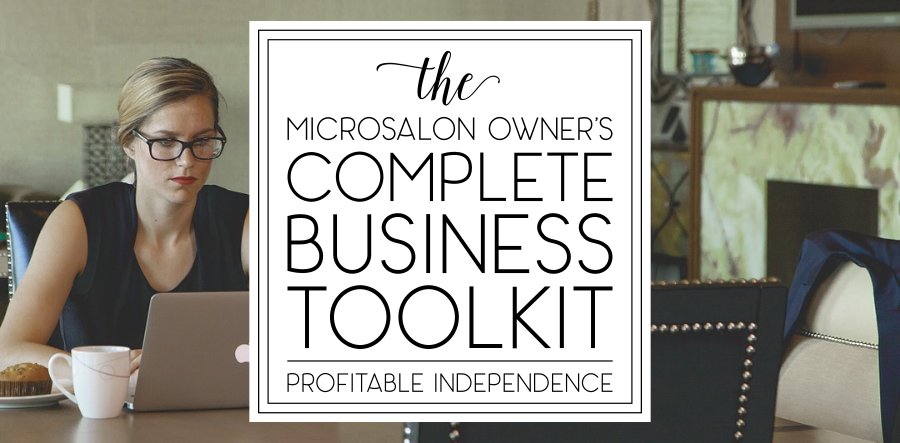
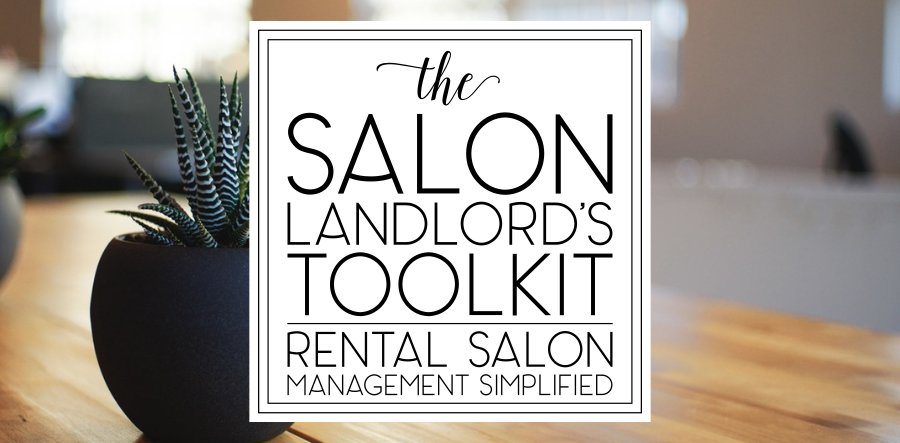
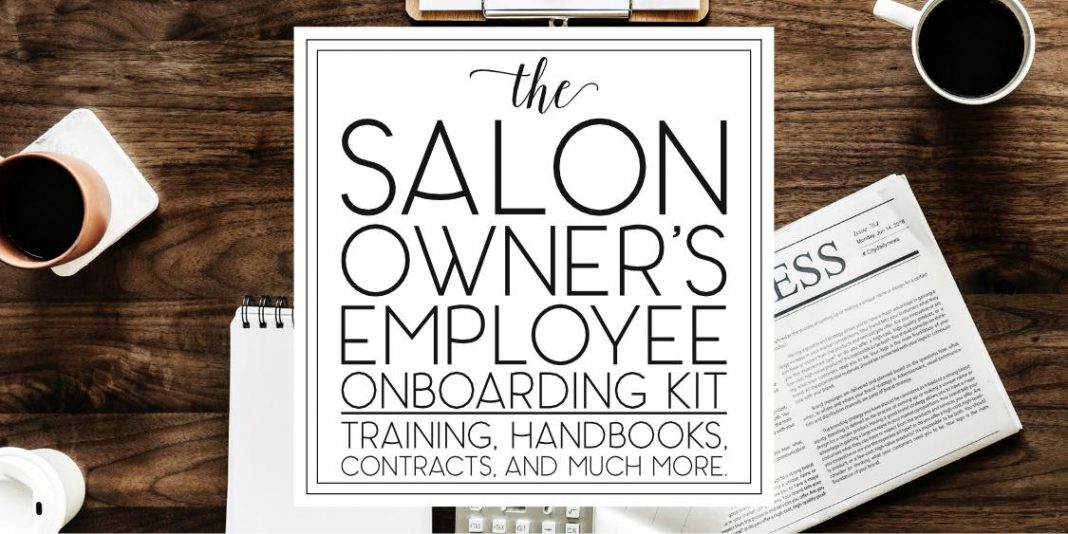
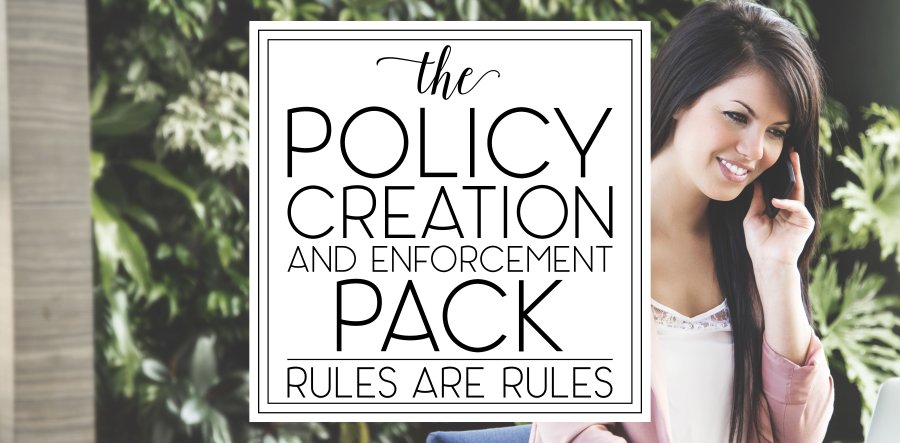
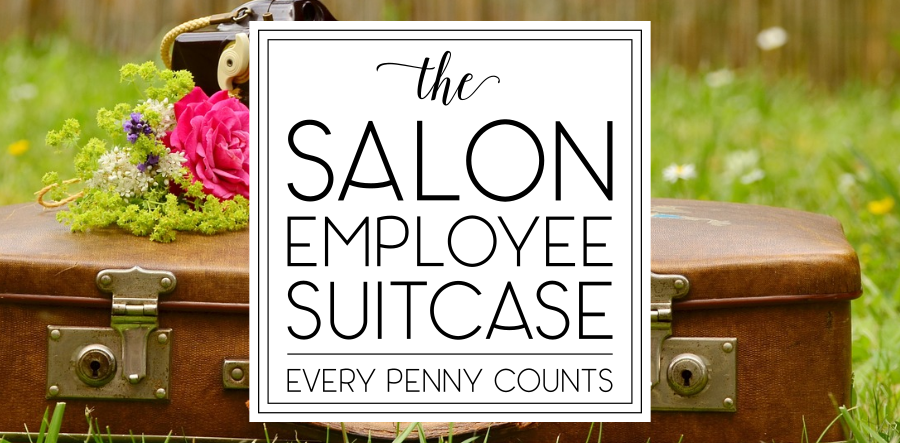
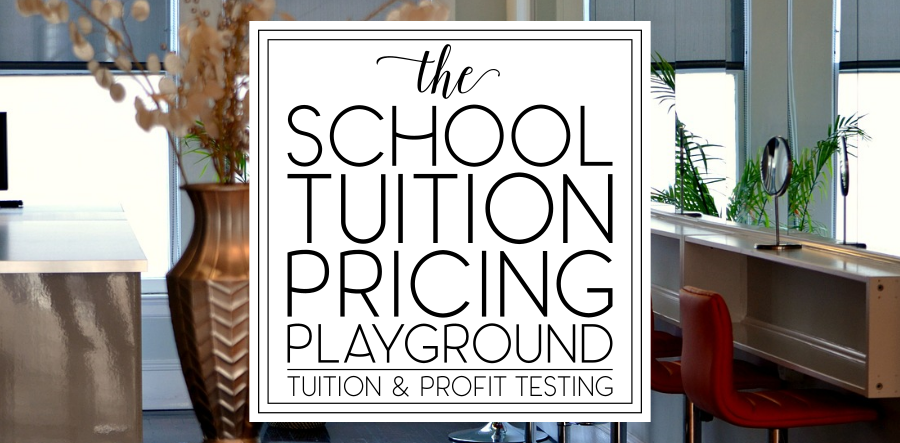
One Response
This was extremely helpful. Thank you!